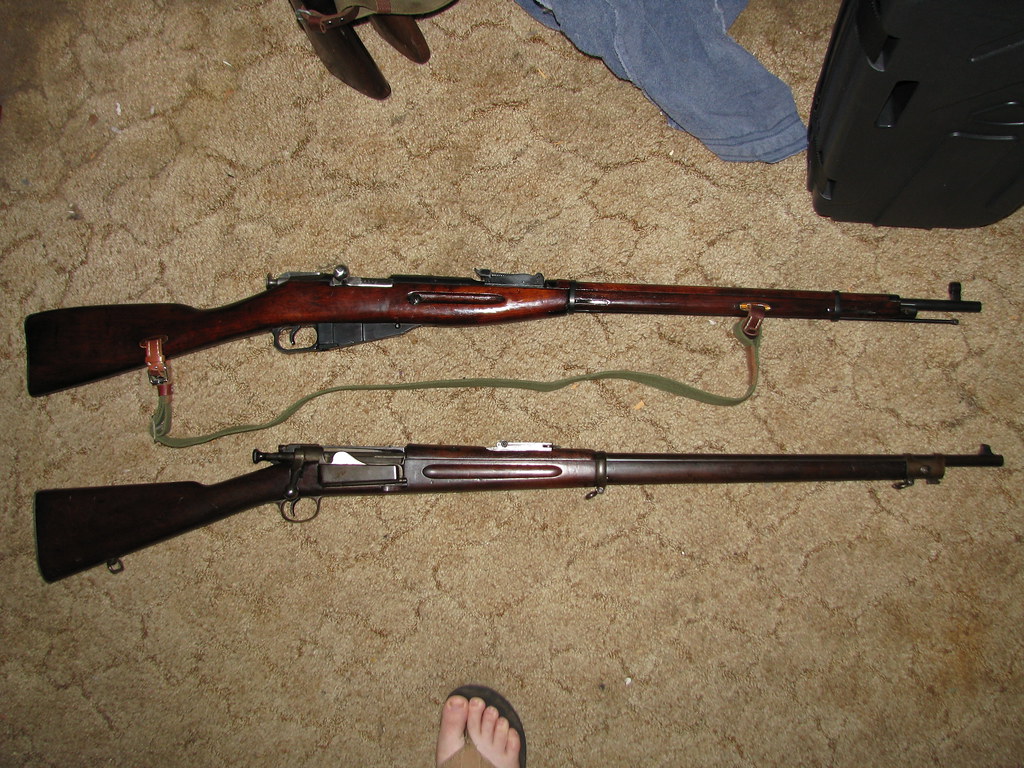 |
| Pictured with the near contemporary Mosin-Nagant |
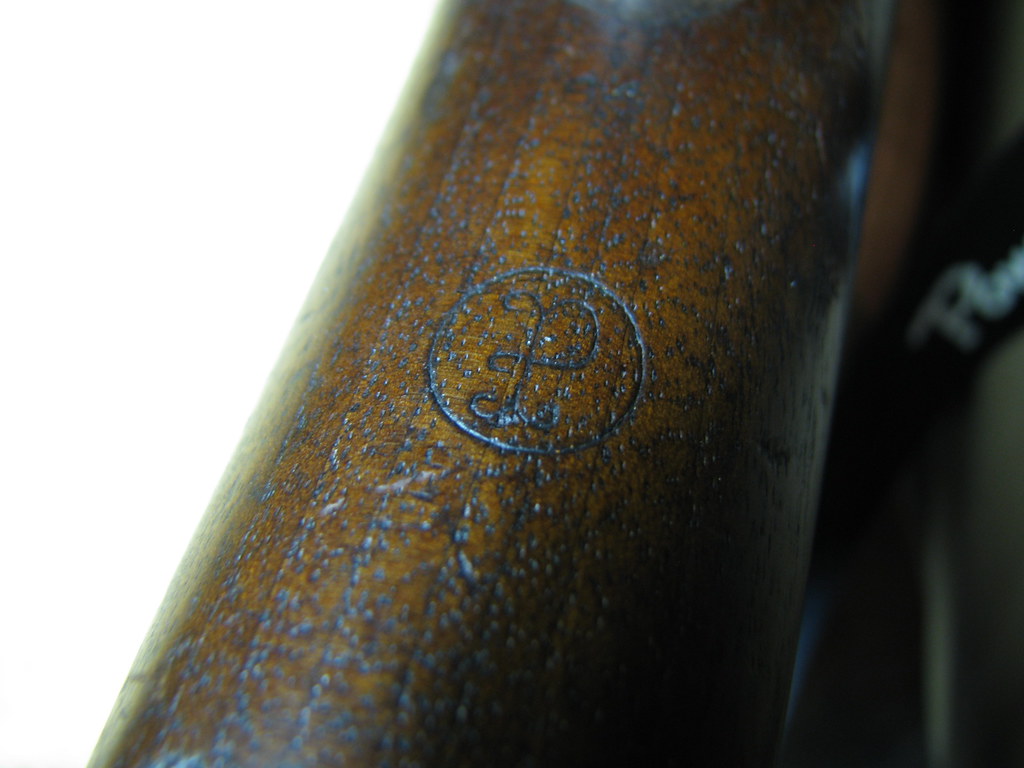 |
| Proofed! |
 |
| Accepted! |
The Krag-Jorgenson!
The strength of the action is often questioned because of the single locking lug.
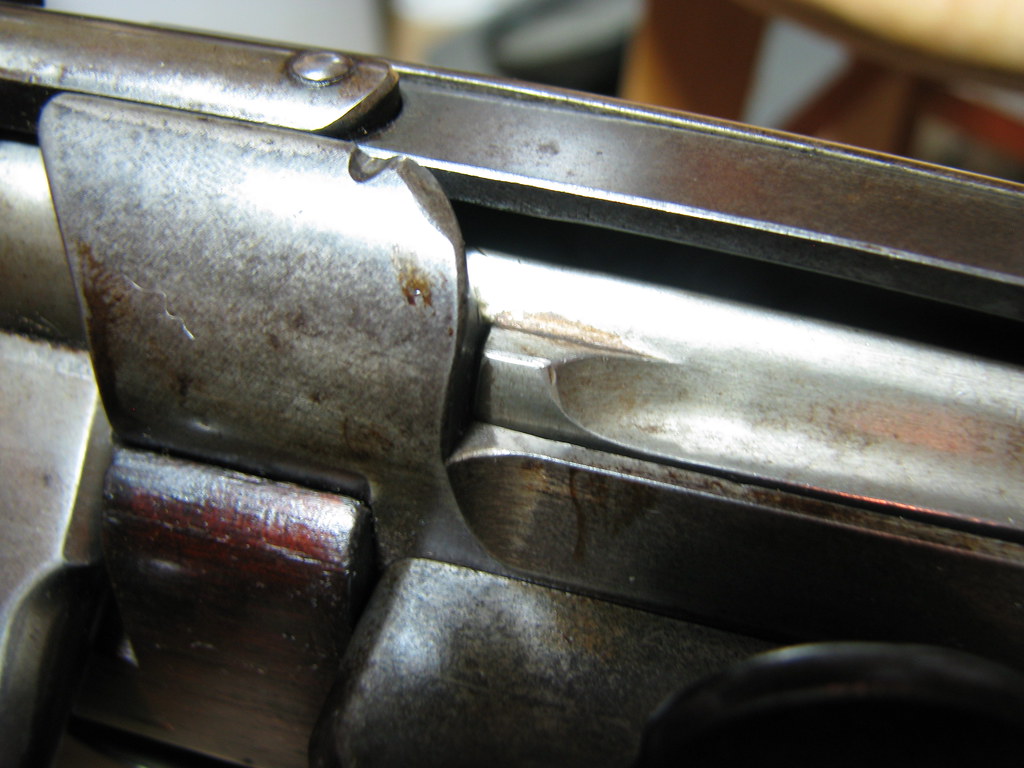 |
| There is, of course, a safety lug. |
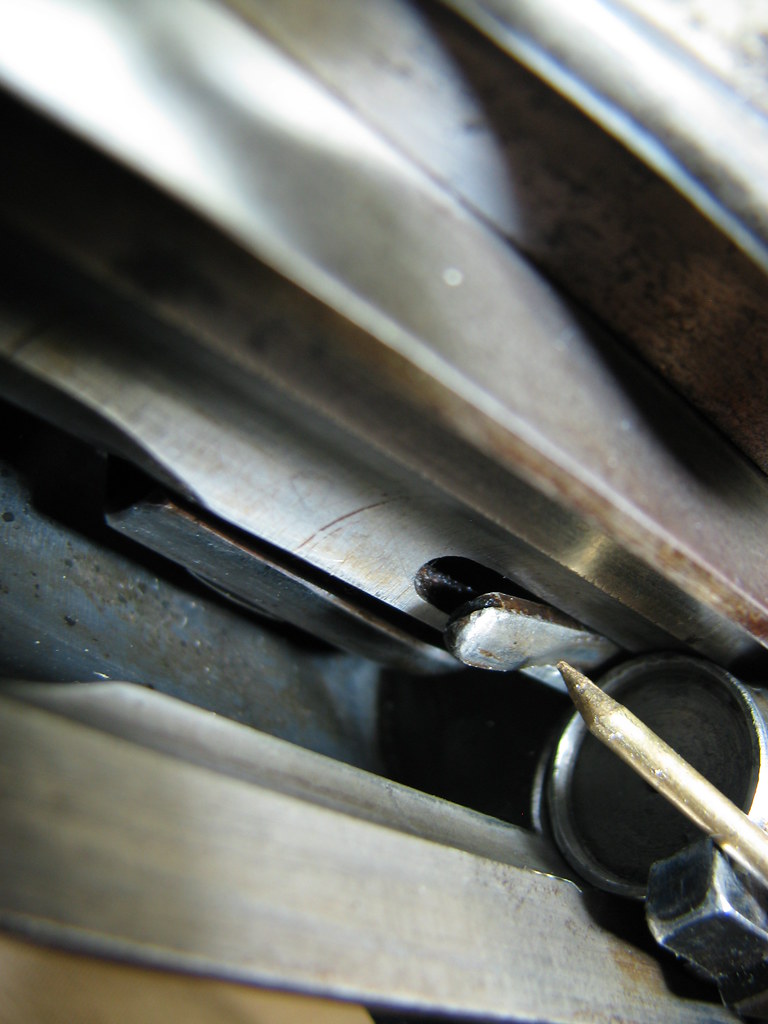 |
| The ejector is activated by the bolt going to the rear. It sits flush into its slot otherwise. |
It's a quantum leap ahead of the trap-door it replaced and is nearly "obsolete" at the time of its issue.
I say obsolete, but unfashionable is a better term for what happened. It had adequate range and power. It's not overly long or heavy. It's sights are bit too fine for combat, but they work.
 |
| They are also fiddly. |
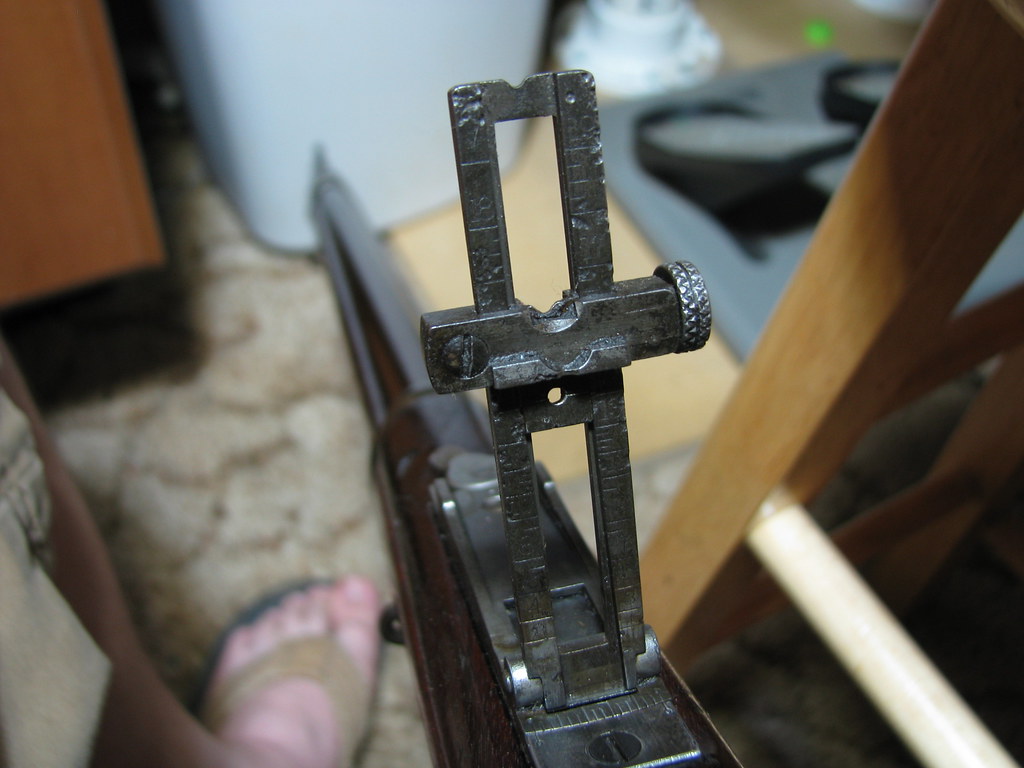 |
| Your choice, notch or peep! |
What you can't do is load from stripper clips. If you're going to call yourself an army in the 20th century, your service rifle has to load from clips! The rimmed .30-40 and the side gate design do not lend themselves to that.
Speaking of ammunition... Lot SIX of 1914.
The magazine is the source of much mystery, and has been from the first trials.
The way the magazine works is elegant. There's a leaf spring parallel to the door. The tip of the spring works on a grove in the base of the follower arm. Simple stuff so far. The neat part of the follower arm is the swinging tip.
 |
| Shown with side-plate removed. |
It keeps the rounds marshalled and has an open base around the hinge point that lets the arm push on the last round to get it around the corner to be presented for the bolt.
The Krag was also the first American rifle to have a magazine cut off, to keep the slovenly grunts from "wasting" all of their ammunition.
 |
| Cut-Off "ON" meaning no feed. |
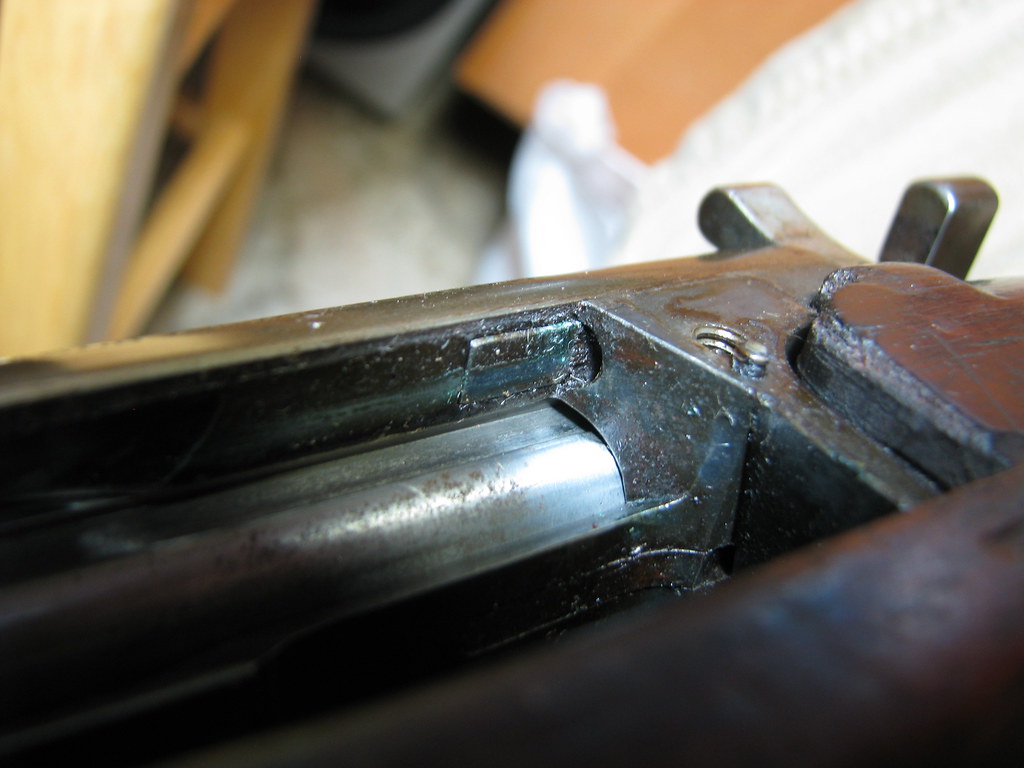 |
| Cut-Off "OFF" meaning the magazine is free to do what it's supposed to do. |
This would be an epic fight against that spring, but elegance shows again. The base of the door has a cammed surface that pushes down on the bow of the leaf spring, removing tension on the arm and letting it easily flop down into the door's recess. The protrusion also holds the arm down so that it doesn't get in the way of loading.
I learned more than I planned about the magazine because I decided to do Willard a solid and put some oil on the hinge pin so that the dust cover on the bottom would stop moving with the magazine. As I was moving the cover (which is part of the hinge pin) back and forth I accidentally moved it down past the first loop of the door. PING! Now the hinge pin is partially out and the door is at an angle! The door pressed readily back into its home but didn't feel right, so I took the pin the rest of the way out and made sure that I had not broken anything.
I hadn't.
There's no way to put this together wrong! The "felt wrong" was just some dried up cosmoline or oil that had escaped where it had lain for over 100 years.
Since I had it apart, I cleaned and lubricated it.
And took some pictures. Evidence for the defense in the matter of the Murder of one Angus McThag; idiot: by one Willard F Angrygunowner. Justifiable homicide if there ever was...
I most certainly made sure it was back together and working correctly before making this post and posting the pics.
By the way, the rubber footed carpenter's clamps make holding the door aligned with the holes in the receiver a piece of cake! Without damaging the gun no less!
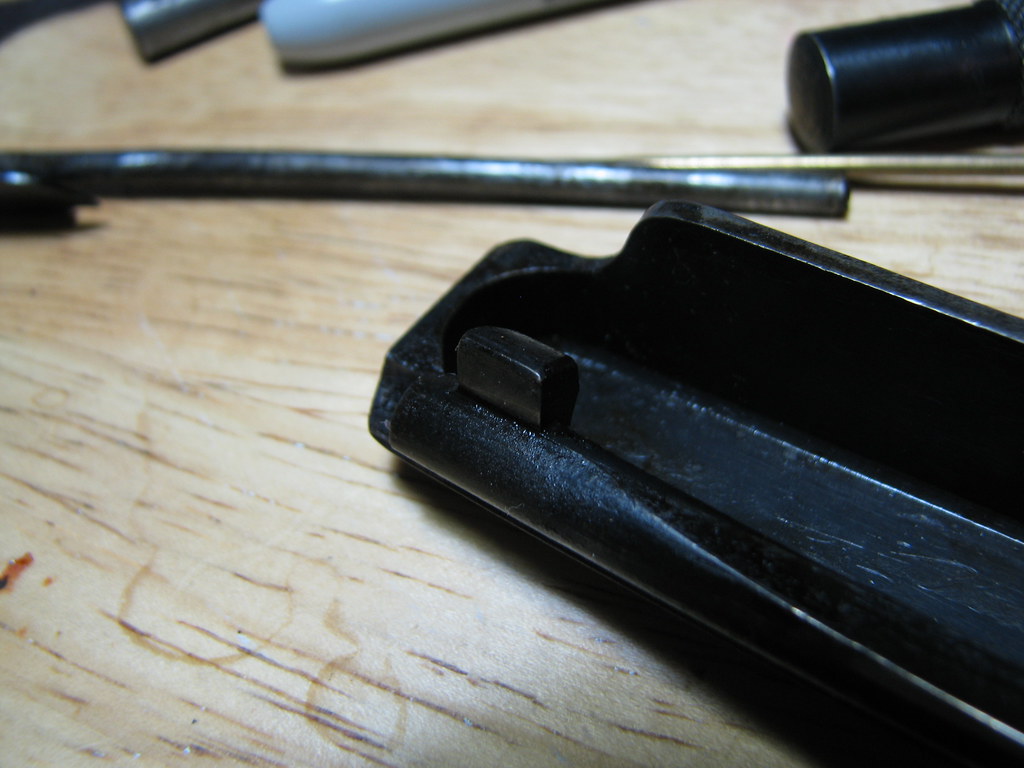 |
| The protrusion on the magazine door/cover. |
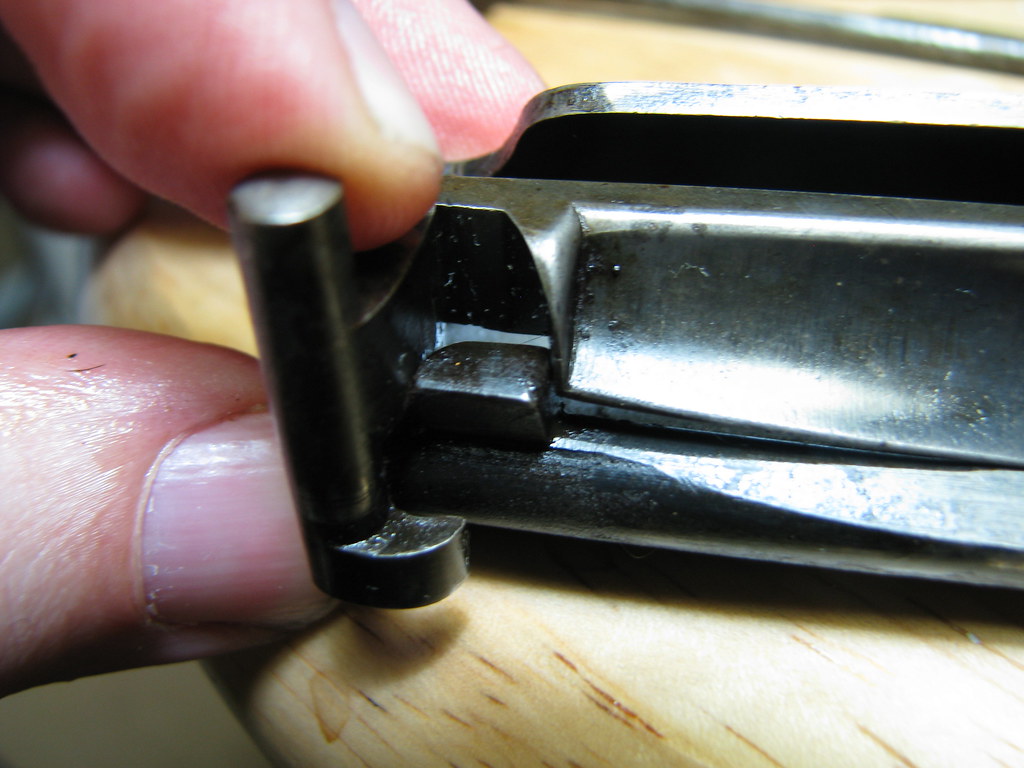 |
| How it interacts with the follower arm. The curved part of the protrusion bears against the arm on the left side here. That retracts the arm into the door for loading. |
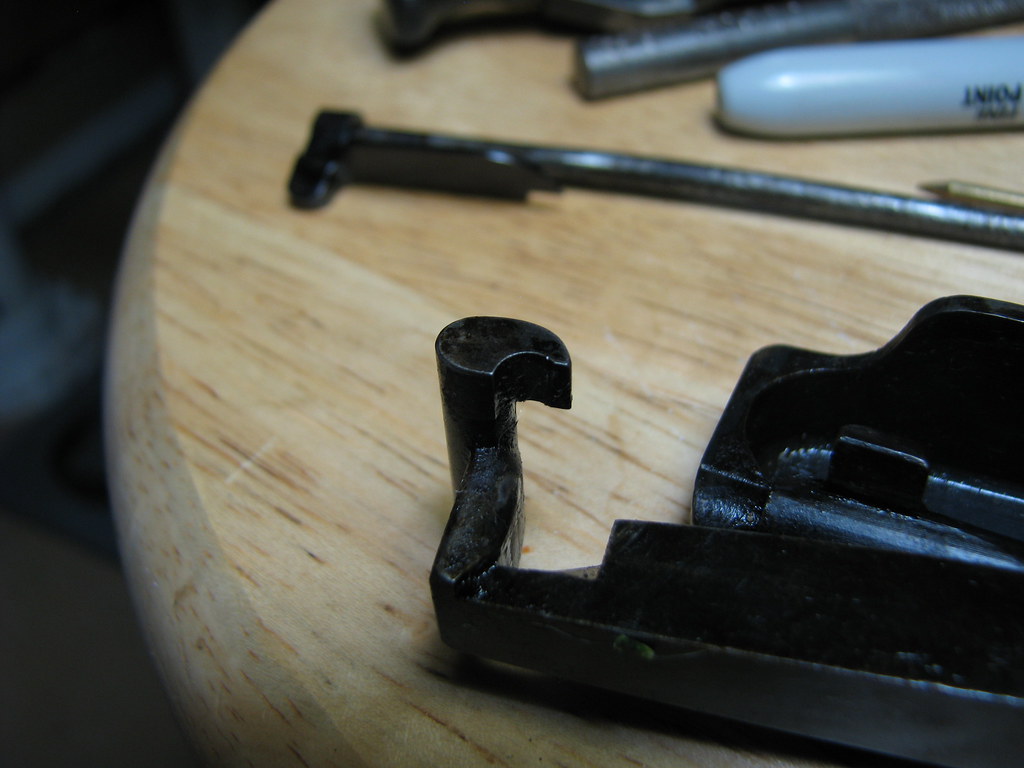 |
| The magazine spring presses against this hook. |
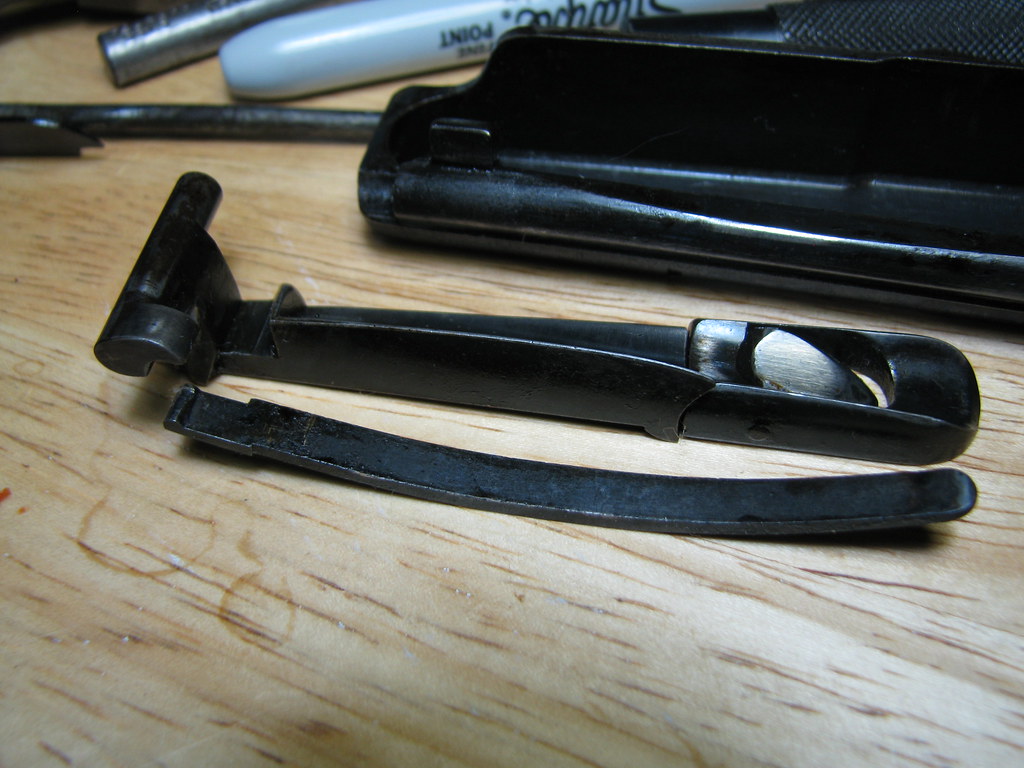 |
| The magazine spring to show how they relate. If they were in the gun, the muzzle would be to the left and the right side of the rifle would be facing down. |
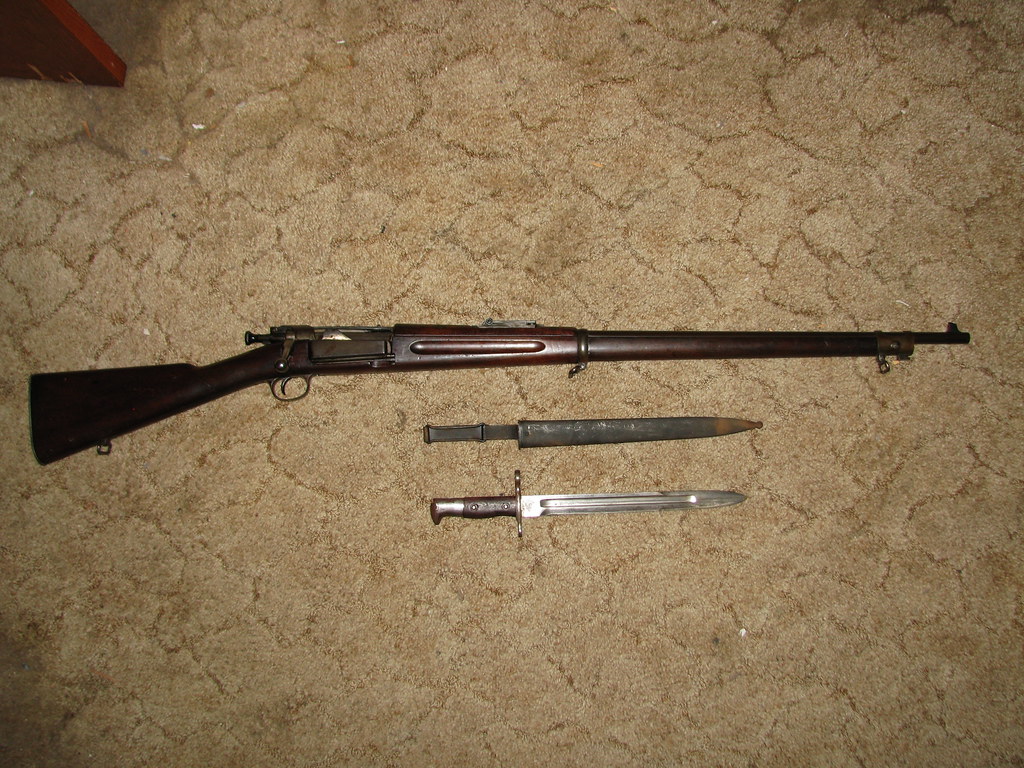
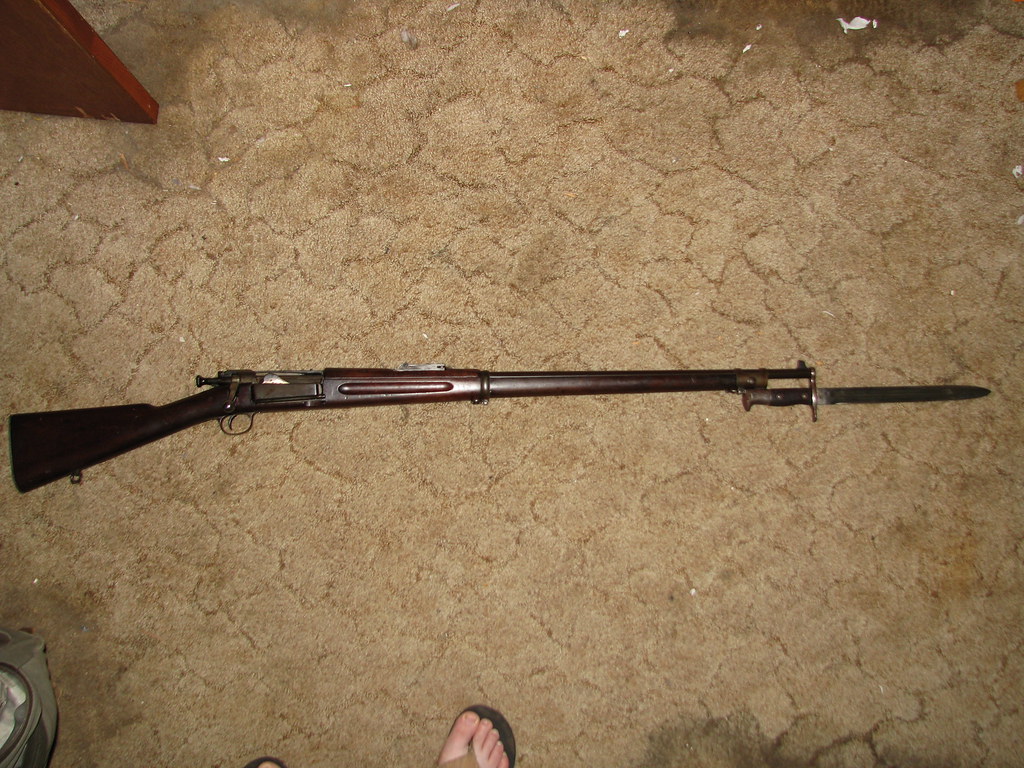
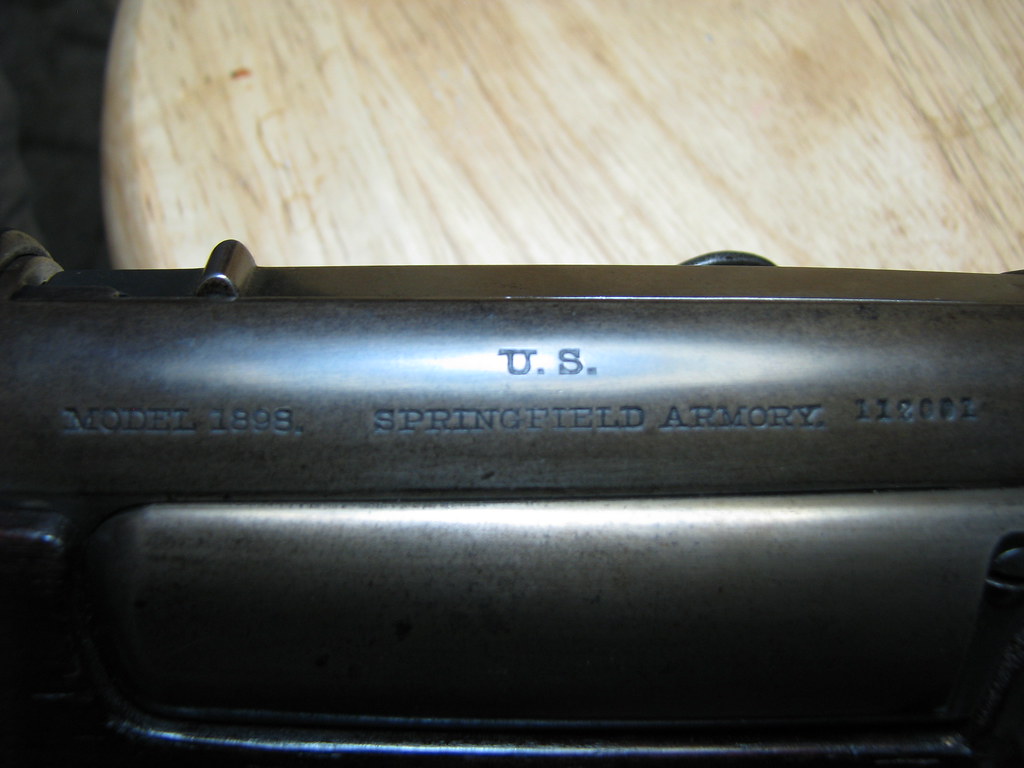
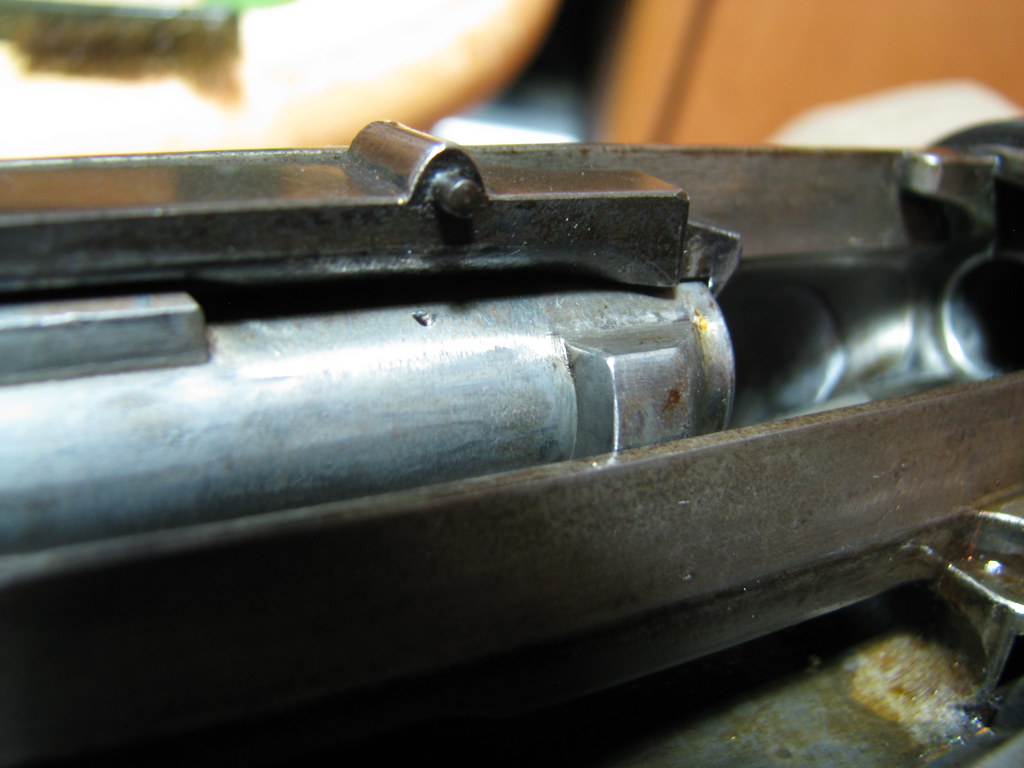
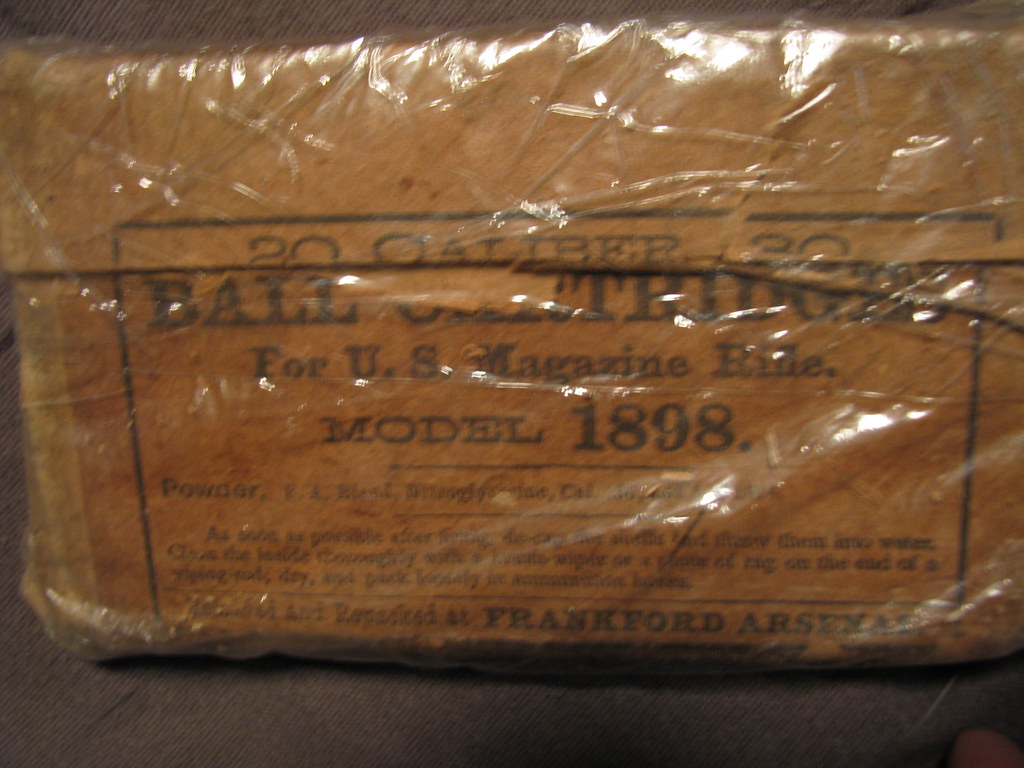
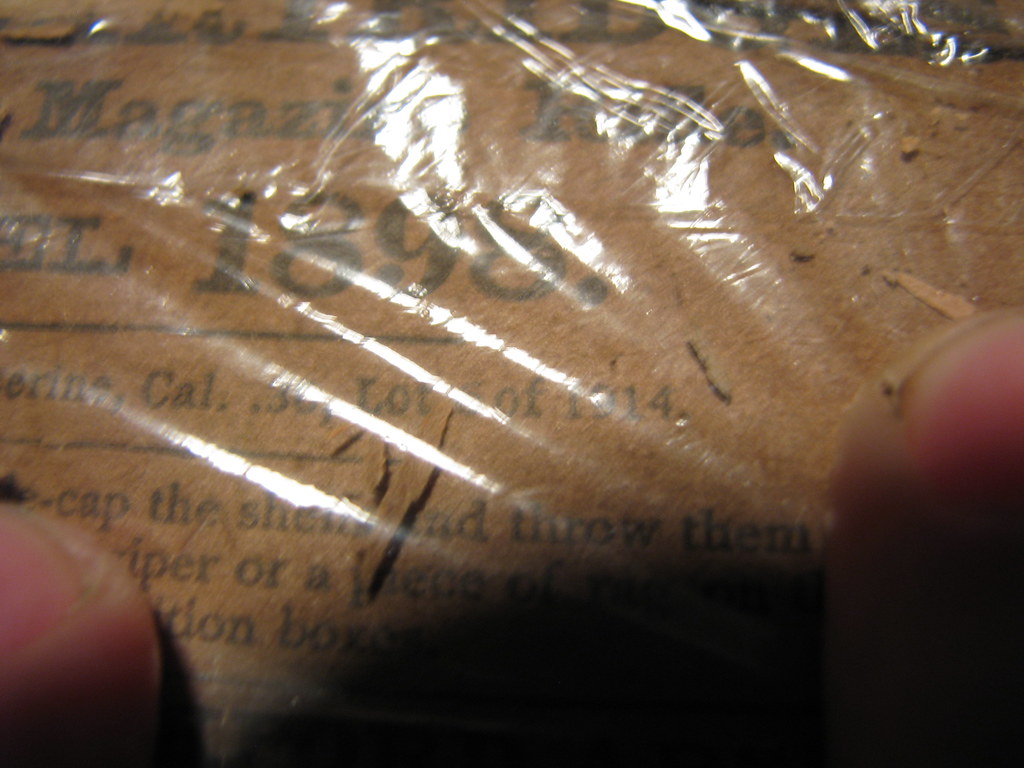
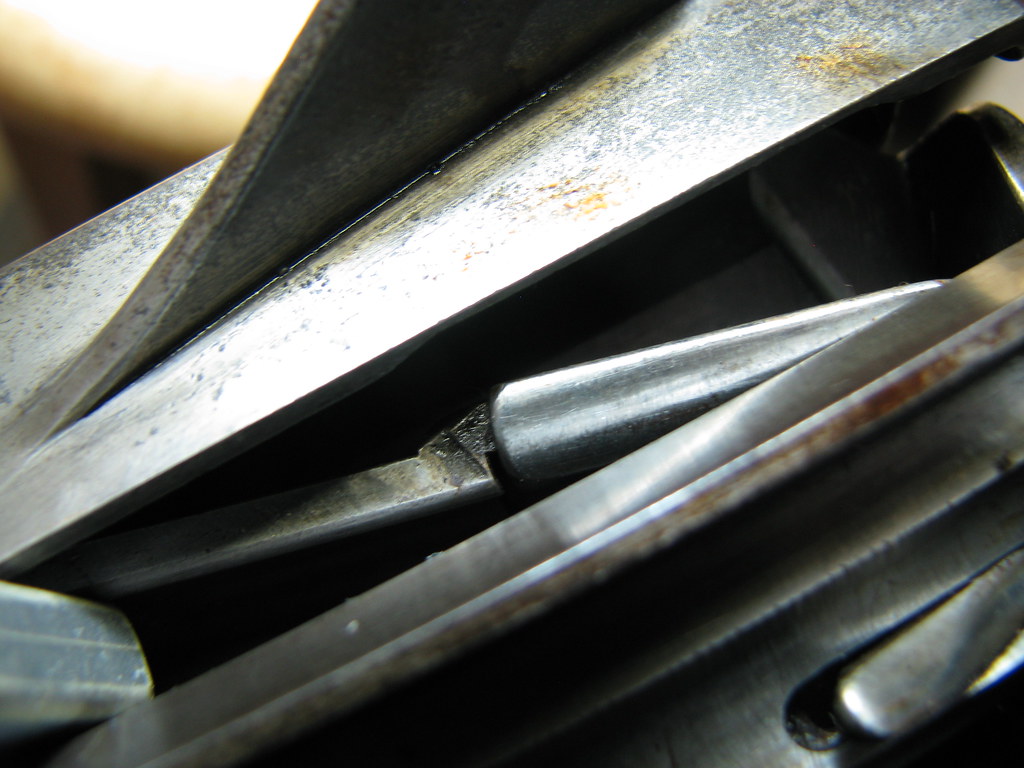
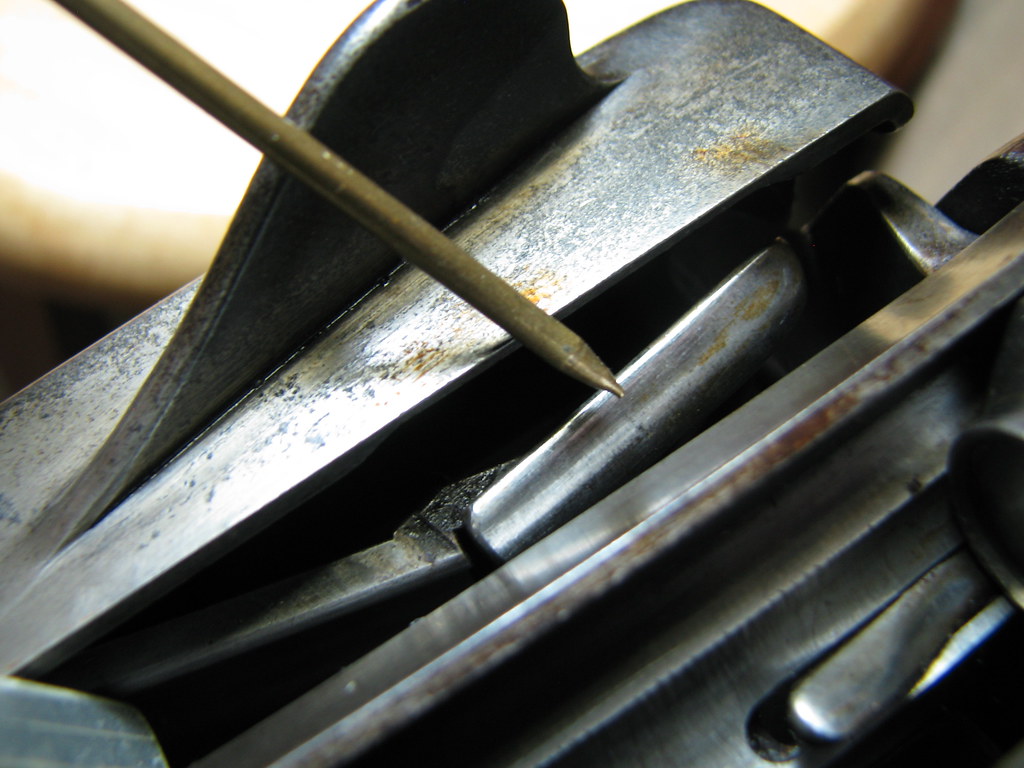
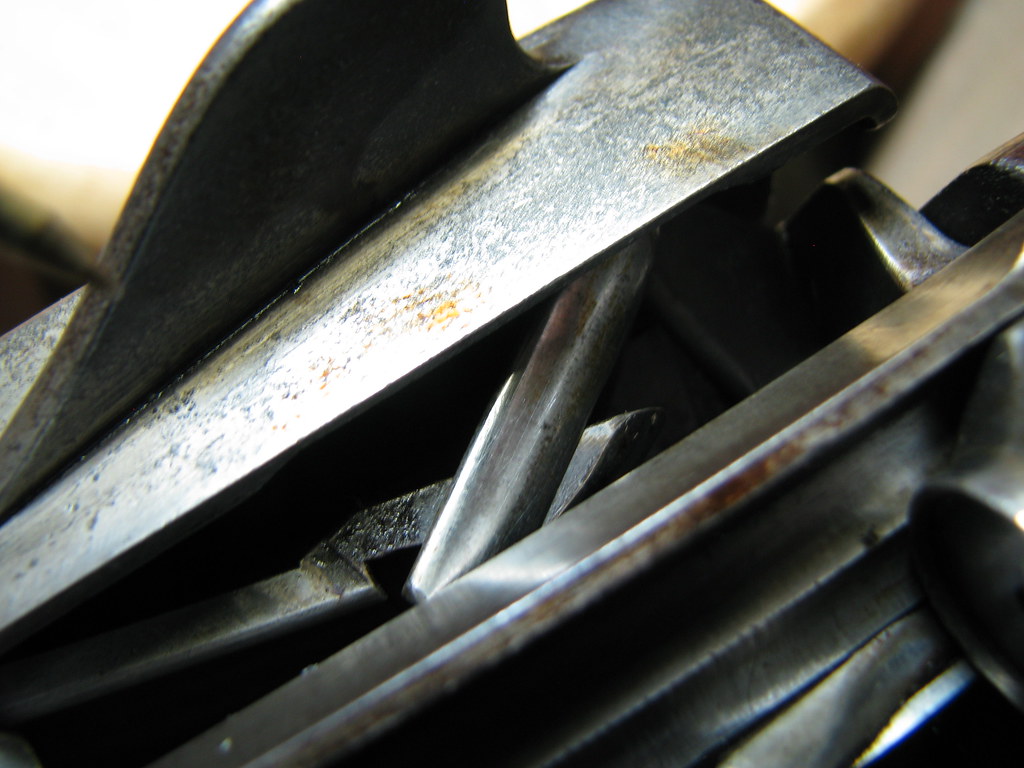


I love my sporterized Krag. It's as slick as graphite ball bearings rolling on oiled glass.
ReplyDeleteNifty! Thanks!
ReplyDeleteI've never gotten a chance to handle one of these, but have read that they're nice to shoot.